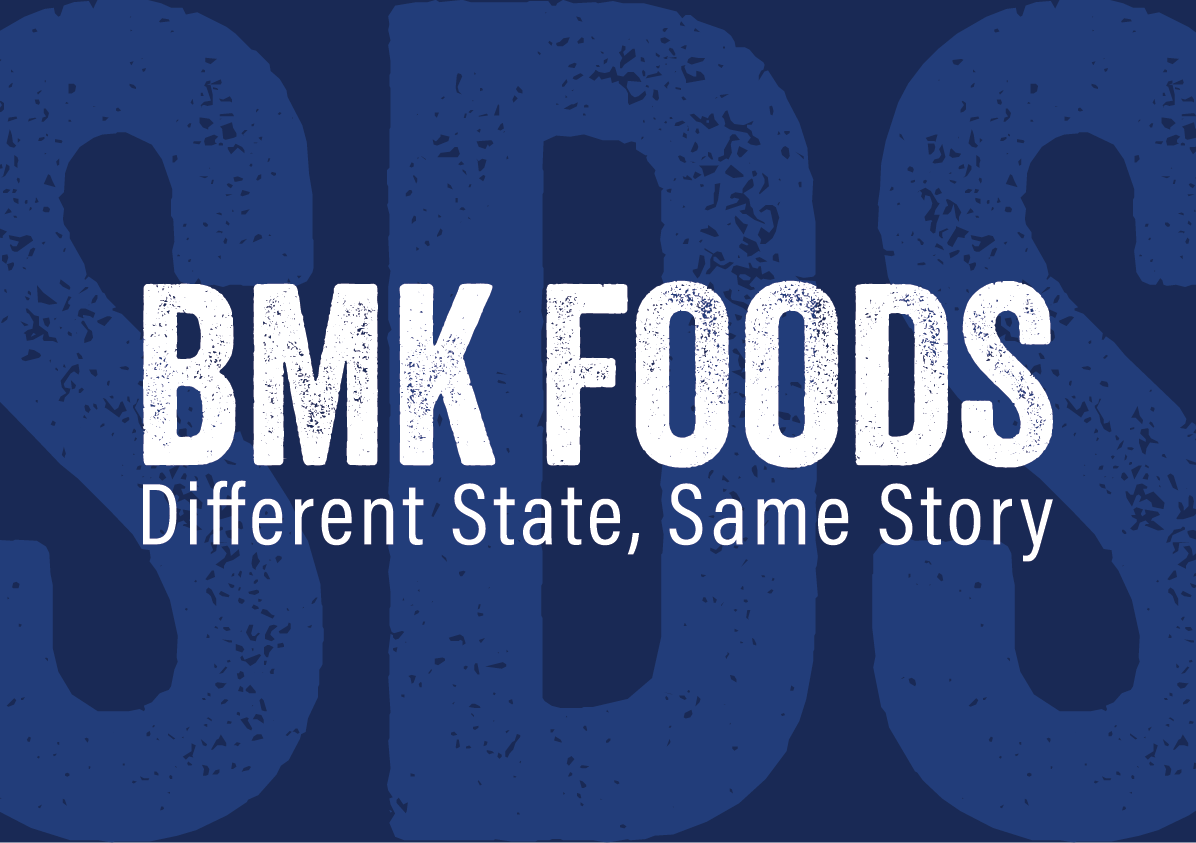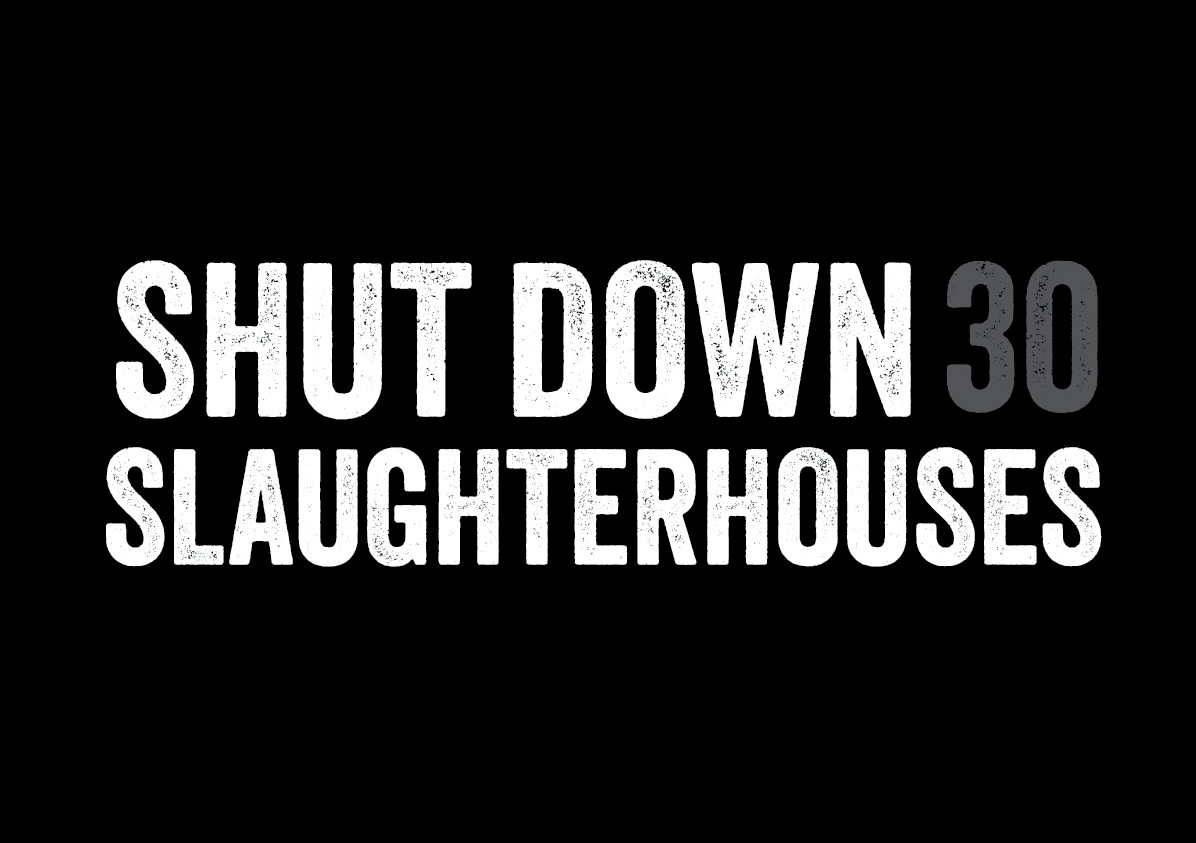News & Media > Editorials > Four gas chambers in six months - our campaign continues
Four gas chambers in six months - our campaign continues

For the first three months of this year, we spent most nights breaking into the worst places in the world. We climbed into gas chambers and captured the final moments of thousands of pigs as they died in agony. We walked through muddy fields and entered pens where our ears rang with the squeals of pigs who waited for their deaths in crowded, muddy cages. We sat through hour after hour of footage, watching as the pigs who had sniffed our hands and untied our shoelaces only hours or days before, screamed and thrashed in fear and pain, and we spent days and nights working to tell their stories.
When we published this footage, we knew that people would be shocked, but we were still surprised by the outpouring of public support that we received, as the call to ban gas chambers became louder and louder. Yet, even while the Victorian Parliament announced a formal inquiry into pig gassing and confinement, and one of the slaughterhouses we exposed shut their doors for good, the Australian Pork industry continued to hide behind deflection, dishonesty and outright lies.
Their CEO, Margo Andrae, repeatedly refused to meet with us. Instead, she chose to publicly ridicule and attack us, while doubling down on her claims that pig gas chambers were somehow peaceful and painless - despite hundreds of hours of footage showing the exact opposite. So, less than three months since our campaign launched, we set off to South Australia with one goal in mind: to tell the stories of pigs who we knew were dying in agony and secrecy inside the state’s brutal gas chambers.
On the banks of the Murray River, under an hour from Adelaide, sits BMK slaughterhouse. A hulking mass of buildings, the facility is set back from the road, surrounded by flat fields littered with bone-white rocks. A team had last visited the place over 6 years ago and, at the time, believed it to be abandoned. We knew that behind the metal walls was a small, single-gondola gas chamber, capable of killing hundreds of pigs a day, through painful suffocation. So, on a rainy night in late May, we made our way across the bleak landscape and approached the slaughterhouse, on alert for any signs of life.
Just like Victoria did at the outset of our campaign, South Australia has three pig gas chambers currently in operation. The other two facilities, Seven Point Abattoir in Port Wakefield and Big River Pork, also in Murray Bridge, have constant security, with guards watching cameras throughout the night to ensure their dark secrets stay hidden. We’d made the trip up from Victoria, leaving behind the rest of our lives, and only had limited time to get what we needed, so we started at the smallest.
It’s a strange feeling approaching a slaughterhouse which may be closed. On one hand, you’re hoping that it’s true and that no more animals will ever have to suffer and die behind the walls in front of you. But another part of you hopes that the horrors that you know have happened inside are still going on, so at least you can document them and show the world what would otherwise remain hidden forever. In this case, as soon as we reached the pens the smell told us what we needed to know; that there had been pigs inside recently. So we got to work.
The second time we went in, we installed two cameras inside the gas chamber, once again using the machine's own design against it, by exploiting how difficult it is for anyone to see what happens to the pigs inside, and hiding the cameras where no one would think to look. As we installed, we watched rats running around the bottom of the pit where pigs are lowered into the CO2 gas, a single dead one showing exactly how lethal the machine can be. That night, as we left the kill room, we met the pigs who would meet their brutal end inside it, their blood draining onto the floor and leaving congealed puddles. They lay sleeping in dark pens and, as we left, we said goodbye, knowing that the next time we saw them would be as they thrashed and screamed in agony.

Over the course of a week, we installed and retrieved seven hidden cameras, capturing pigs being herded up the race, gassed to death and then strung up to be dismembered. We also investigated the facility further, finding out that they supplied to dozens of butchers and meat producers around South Australia, including many which proudly boasted about selling "ethical" and quality products from "free range" and "organically raised" pigs. The truth is, while producers often talk about the way the animals they kill and sell as meat are raised, when it comes to how they are killed, they are noticeably silent. A butcher shop can emblazon their products with titles that fool people into believing that the animals they are eating lived a good life and that they, somehow, had a good death; yet all that falls apart when you meet these animals and witness their final moments.
As we watched back our footage, this was more apparent than ever as we watched pigs scream, thrash and throw themselves against the bars of the gas chamber, frantically trying to escape. For some pigs, their suffering began even before they were lowered to the bottom of the chamber, as a weaker concentration of deadly gas reached to where they waited at the top, and caused them to gasp for air, spasming and shaking for minutes at a time. One pig continues to haunt us.
As soon as he entered the gondola, it was obvious that the gas was affecting him. Within seconds he was gasping, and after two minutes he’d collapsed to the floor, shaking all over. For 20 minutes, this pig and 3 others were held at the top of the gas chamber, as they struggled to breathe, feeling the aching effects of slow suffocation or ‘air-hunger.’ If you’ve ever held your breath underwater and gone as long as possible before coming up for air, you’ll know the desperate burning in your chest and the panic that starts to take over as your brain screams at you for oxygen. Imagine feeling that for five minutes, then ten, then fifteen. The agony is indescribable.
When he was finally lowered into the higher concentrations of gas, there was no relief. He would have experienced the burning of his eyes, nose and mouth as the gas turned all liquid in his body to fire. His last breath would have been like a stab to the heart.
.jpg)
What we knew from the first moment we entered our fourth gas chamber in six months, until the final minute of footage we sat through, is that there is no humane or ethical way to take someone's life. Every animal killed in Australian slaughterhouses suffers in terror and agony. Every single one has their lives taken from them without their consent, years or decades before their time.
This is the reality of Australian pig slaughter and of Australian animal slaughter. This is what the Australian pork industry is trying to hide when they criminalise and malign investigators. This is what the government refuses to change.
But we won’t stop until they do. We need a national inquiry into pig slaughter methods, and we know for certain it will find that there is no way to humanely kill a sentient, intelligent animal who does not want to die. For too long, pig gas chambers have been sold to the public and the government as a ‘best practice,’ ‘peaceful’ way to slaughter pigs. That lie ends now.
It’s past time to ban gas chambers. It’s time to shut down slaughterhouses.





